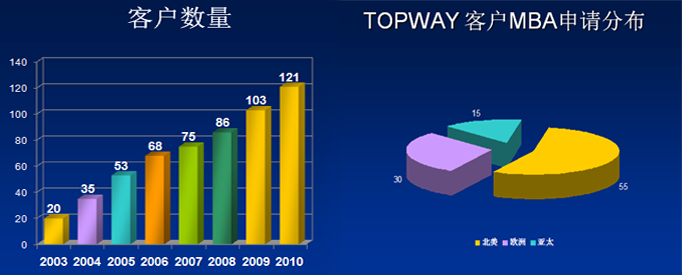|

- 精华
- 0
- 积分
- 615
- 经验
- 615 点
- 威望
- 0 点
- 金钱
- 1079 ¥
- 魅力
- 590
|
VII.虽然违反了Effectiveness有效性原则,但ETS把它当成Correctness来处理(lvi)
违反了"忠实原文的意思"
a)极端性修饰词的位置改变了: first, last, typical, typically, only you,
you only;
b)强烈语气表达要保持,如:
I don't know any……
Not unlike = like it very much
Whatever = no matter what…
Whenever = no matter when
c)句子的强调重心发生改变一定错!
d)把倒装句变成正常语序一定错!
(lvii)简洁原则:语义重复(lviii)一定错!注意(rise, raise, grow, roaring,
increase的使用而(lix)使语义重复(lx)的情况)
from…to…当中不能加up or down
opposition = againstorbit = aroundannually = a year
by the name of = be known aswith = include
EFFECTIVENESS
II.忠实原文的意思,除非从逻辑上发现原文意思一定要修改
(i)弱语气词的添加、丢失或位置发生改变(如just, even),(ii)但不(iii)一定错
(iv)句子的强调重心发生了微弱改变,(v)但选项不(vi)一定错(如in 1980)
(vii)时态发生变化(GMAT中一般时态不(viii)能随意改变,(ix)除非有个明确的点提示
原文时态应当发生改变)
III.简洁原则
-实意名-词>动词>形容词>抽象名-词>分词动名-词>从句-存在该种错误,-并不-一定
错,-看是不-是两个选项中唯一的区别,-如support > be supportive of -半抽象名-
词,-即动词和名-词形式一样的名-词,-如result, help, cost, increase, bare优选动
词词性的选项-分词优于定语从句,-因为过去分词是定语从句的省略形式, that is
indicated = indicated
CORRECTNESS
I.宾语从句和定语从句
-that, which只能指-物
-who, whom只能指-人
-whose指-人或物
-宾语从句一定要有that; -定语从句用that和which有区别:
that限制性,紧跟被修饰名词后;which引导非限制性定语从句,前面必须是","或介词
II.even though, although > despite, in spite of
not…but…> …rather than…, instead of
B +介词+ A结构> AB结构,如Inability of French > French inability
形容词名词结构> 名词that is
同位语从句> 定语从句
III.GMAT中一定错的表达方式
-口语化表达:when you; if you; maybe < probably
-主观色彩的表达方式一定错: be to do, be going to, have to
-Similar to放在句首一定错,-无论是整句还是分句
-Enough在画线部分一定错!
-Concerning一定错!要用about, over
-Hopefully错!要用it is hoped
-Make comparison of错!要用compare
-With the intention to错!要用intend
-As is based错!要用based
-Be able to be done错!
-There be done错!
-Comparing,-basing错!只能用被动compared, based
-Doubled, tripled, quadrupled错!只能用主动 |
|




